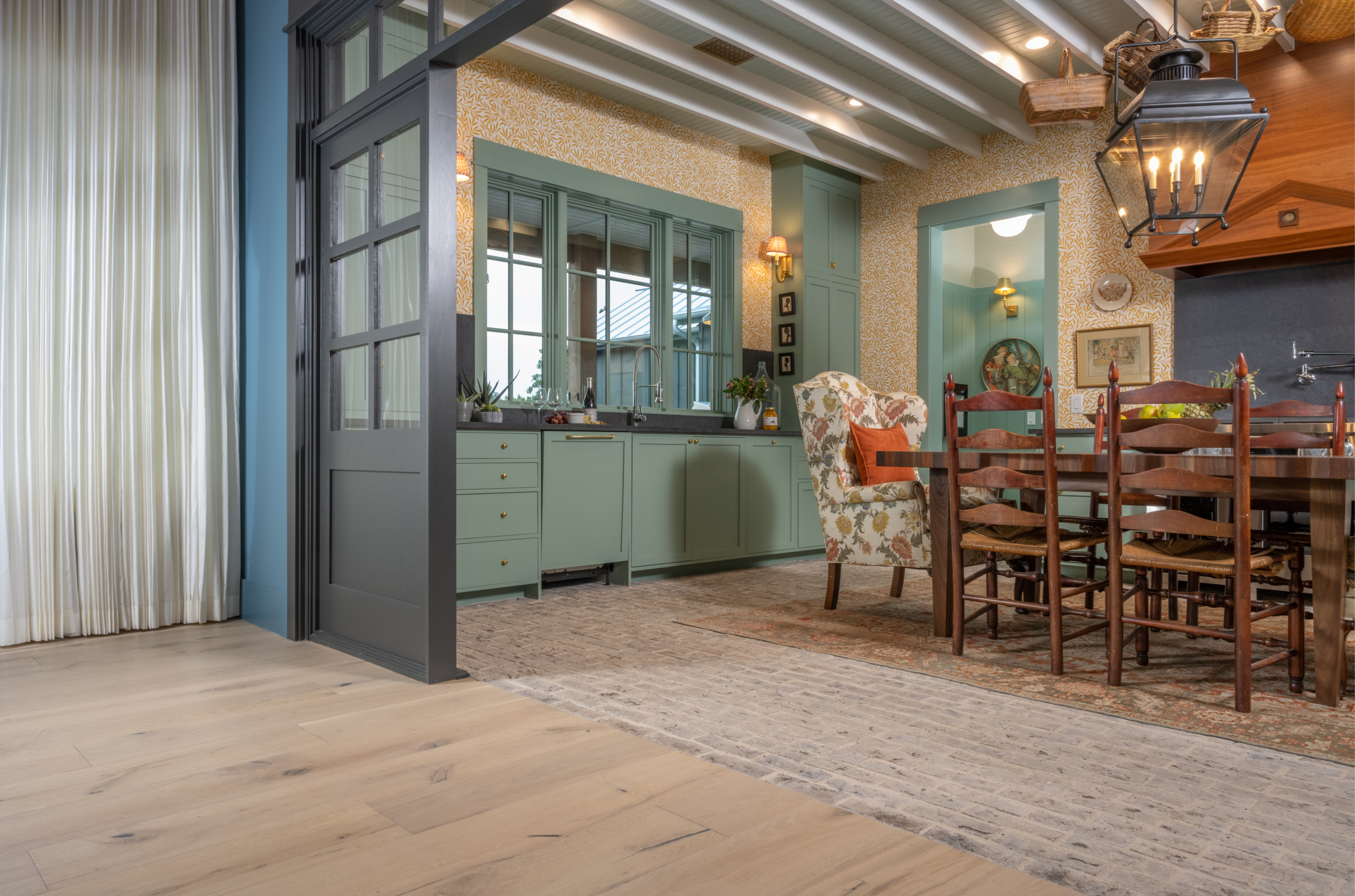Once they’ve decided to build a new home, future residents huddle with their architect and builder to discuss the details of this sizable investment. Many who opt for brick construction are pleasantly surprised to learn that they have many color options from which to choose. It’s then that the real fun begins.
The best-known “selling point” of brick construction is its low maintenance. Unlike fiber cement siding, which must be painted every 7 to 10 years and is susceptible to damage from the weather, or synthetic siding, which has the potential for fire danger, brick homes can and do last for a century with little or no maintenance required. When this factor is combined with aesthetic options such as choices of texture and color, brick is often seen as the best choice for new home construction.
What This Means for You — Many factors influence a homeowner’s choice of the color of the brick of their home. These include the region of the country where the home is located, the neighborhood’s look and feel, and the personal tastes of the homeowners. Fortunately, the color palette of brick today is extremely broad.
What brick color works best for your new home? Take a look at the options found here.
More is Better
For contemporary homeowners, home design is like ice cream. Having more options is always more interesting. Such is the case with the color of exterior and interior brick. Contemporary homeowners insist on more choices, not less. In the case of Acme Brick, in the company’s more than 130 years of existence, brick manufacturing processes have evolved to enable an almost unlimited number of color choices. Not surprisingly, the popularity of the colors of brick changes regularly, and brick industry trade organizations keep a watch on what’s hot and what’s not.
The Brick Industry Association (BIA), of which Acme Brick is a member, noted these color trends for residential construction:
Whites
Grays
Defined hard edges and mortar joints; no tumbled or soft edges
Traditional red brick
Reds with blacks for a “Colonial” appearance
Thin brick floors
“Rising texture trends include brick screen walls, brick insets and exclusions, brick-within-brick elements, blending diverse patterns and textures, and modern design with refurbished, rustic exteriors,” the association said.
Commercial trends include:
Whites
Smooth grays and “wire-cuts” (made by cutting a column of clay with wires before they are textured)
Black brick
Screen wall brick in architectural applications
Smooth face tumbled brick
Multiple blended textures

Other trends reveal the cyclical nature of residential and commercial design. For example, members of the BIA point to new buildings being “designed to look like a rustic, refurbished warehouse.” There is also a trend in modern design to use authentic “tumbled” brick for an “old world,” historic surface. Textures within brick walls created by insetting/corbelling brick with a wall or excluding brick for a more layered appearance are also being seen more often. Finally, the association points out that architects are “substituting big format trends for smaller formats due to supply chain disruptions and labor shortages.”
For a better look at these brick color and texture trends, click here for a brief video.
So Many Choices
Homeowners, architects, and builders have seldom had the number of options afforded by building product companies such as Acme Brick. All these choices present a new challenge: “What color and texture look best for our home?”
Of course, this is a great “problem” to have.
Looking for even more ideas for your new home? Click here and find a “house full.”

